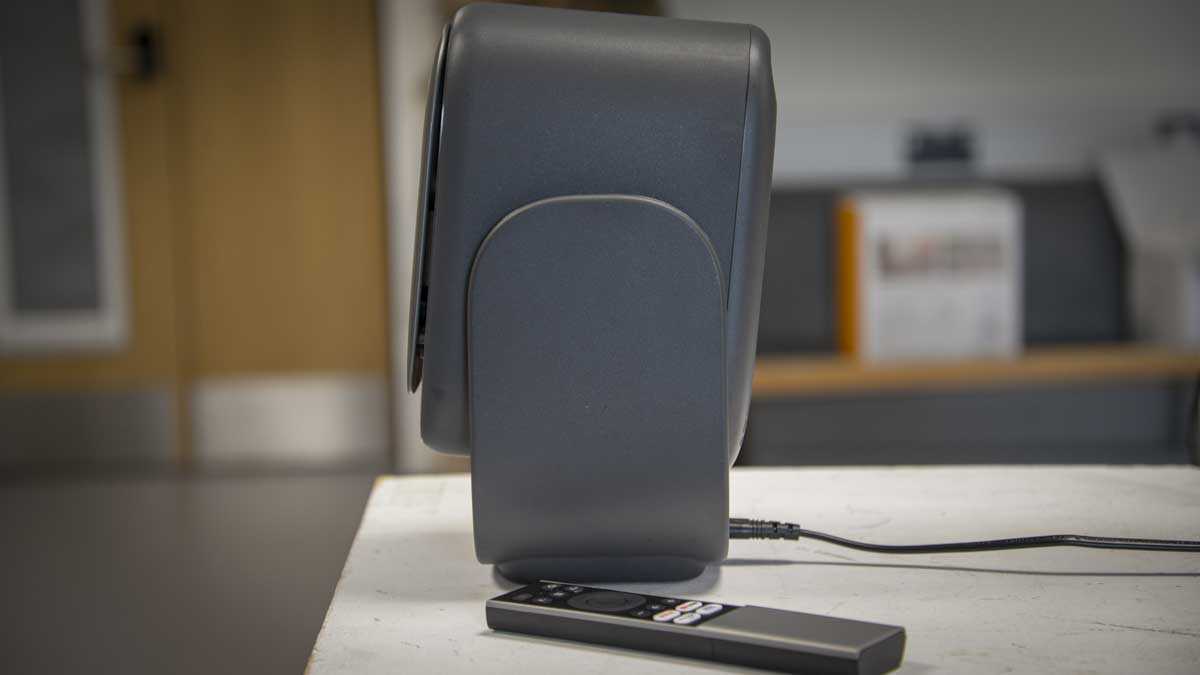Over the years, I’ve looked at many projectors, large and small, and the technology has advanced incredibly quickly. Some of the projectors I looked at only a couple of years ago now seem decidedly archaic, with low resolution, relatively cheap plastic builds, but still, at the time, commanded a price well in excess of the N2 Mini.
When I first received the details and looked at the price, I wasn’t expecting a great deal. However, when the box arrived with a decent weight I instanty started to change my preconcepted ideas, and as I removed the packaging to reveal the unit, it proved to be far in excess of what I was expecting. This was a high-quality full HD projector, and there was absolutely nothing cheap about the build quality or design.
As I started to set it up, I thought there must be a catch because the whole setup process was incredibly quick and straightforward, with the projector essentially handling the projection throw, focus, alignment, keystone and everything else. All I needed to do was roughly point the projector in the right direction and switch it on.
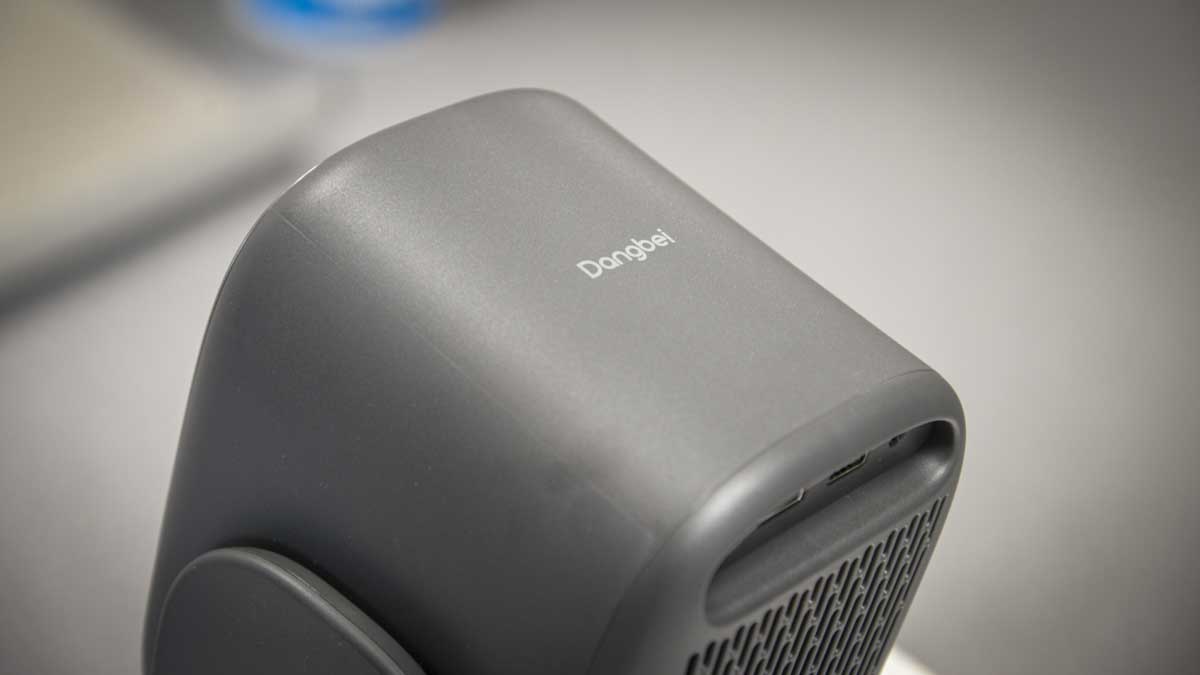
Once the unit had run through the initial setup and configured the projection beam, the only additional step was pairing the remote by pushing two buttons. Other than running through the Wi-Fi setup process it was ready to go. As I’m generally using this projector in different locations, I decided to connect it to a Netgear Nighthawk M7 Pro, giving me mobile internet wherever I want it. The connection between the two devices was quick and straightforward, and once I was connected, the speed of streaming was extremely robust, with a good volume of pre-installed apps enabling me to log in and use it as quickly and easily as with any other system.
While the OS is based on Linux rather than Android or similar, it ran exceptionally well, and the user interface, using the remote control, worked very well. What I really liked was the fact that it had Plex as one of the main apps, meaning I could stream all of my content from my home server.
Once I’d had a good play with the projector and figured out how to switch sources, connect, and cast to it, it was still hard to believe that this projector costs less than $200 at present. As I packed it away, ready for the first workshop, I felt confident that it wasn’t going to cause me any issues.
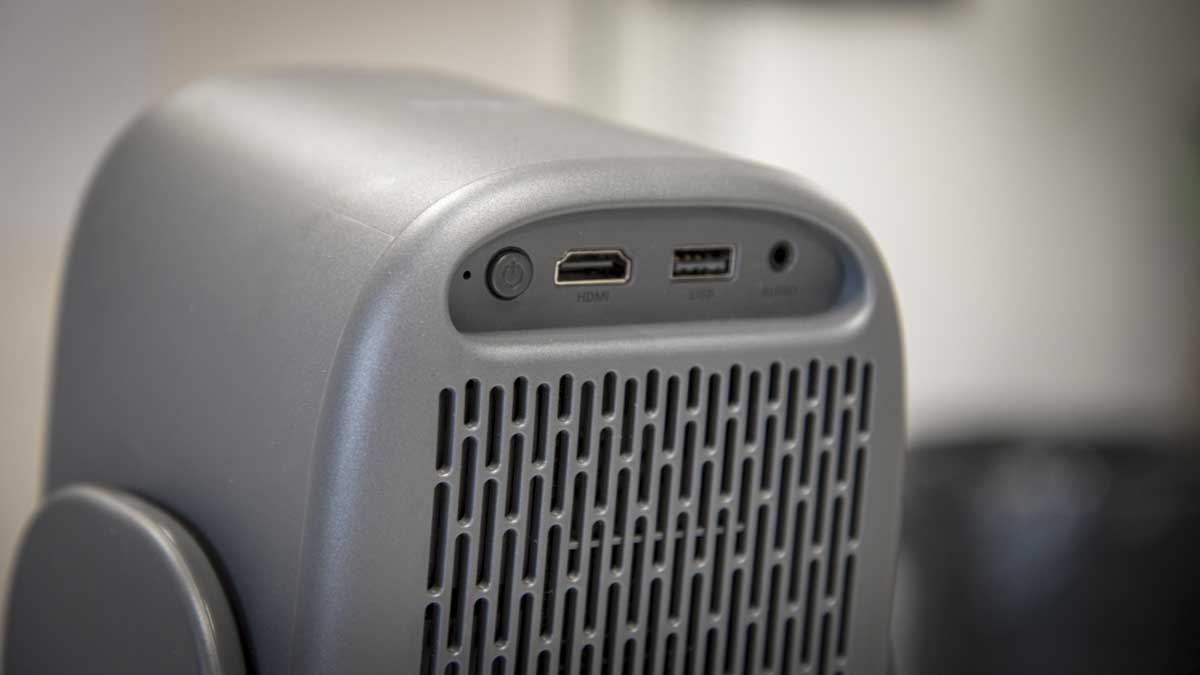
As I got the projector set up, sure enough, it was straightforward. All I needed to do was plug in the AC power, in this case, into the DJI Power Station 1000 V2, switch it on, plug it into my laptop, and we were essentially set and ready to go.
The projection quality was good, but once again, I did find a bit of limitation with the brightness. At 200 lumen, really for something like this, I would expect a projector with a minimum projection strength of about 400–500 lumens. Still, with the blinds down, it gave a decent projection, and what really stood out was the clarity of the image. Although I wouldn’t go anywhere near colour accuracy for photography, in situations where you’re projecting to students, that’s not really a consideration.
The small 6W speaker was actually relatively decent, and as long as everyone was quiet, it had enough clarity and depth. Although in any other situation I’d probably want to plug in speakers, especially in larger environments, where that small 6W speaker does get a bit lost in the ambience.
Once again, one of the big things that stood out was the fact that the auto adjustments just take over the setup process. So once I set up the 60-inch screen and roughly pointed the projector in the right direction to make sure the projection beam fell within the screen, I ran through the focus, keystone adjustment and object avoidance, which in the first instance happened to be my backpack, which it avoided, so l removed it so it could actually focus properly.
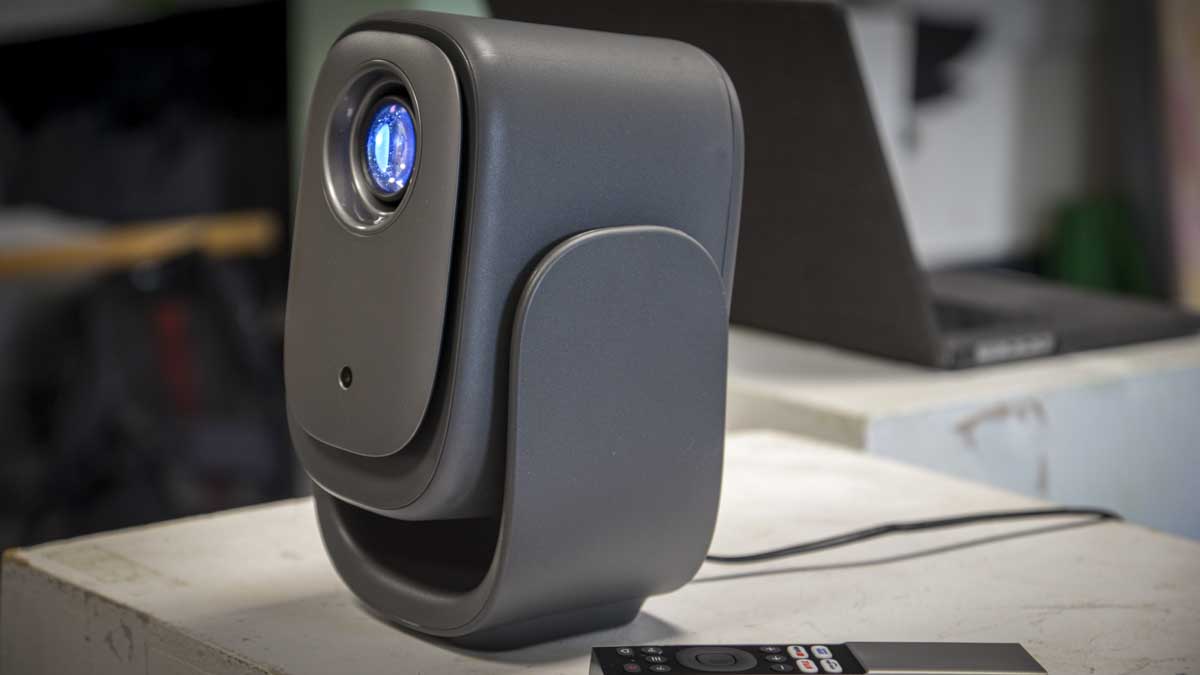 Throughout use in the session, it just worked exceptionally well. You could hear some noise from the fans as it was left on for over an hour, but generally it was just simple and straightforward to use, and the quality of the projection at 1080p was very good. But for me, what really stood out was the ease of connecting different sources. With my main source being an HDMI straight through to my MacBook Pro, that was all quick and easy. A lot of the students had images on USB sticks, so rather than getting them to download those to my machine, I simply plugged them into the back of the projector, selected the source, selected the folder, and then I was reviewing their images. One thing I would say here is that it will only project JPEG or compatible image formats, any raw images will just appear as an icon.
Throughout use in the session, it just worked exceptionally well. You could hear some noise from the fans as it was left on for over an hour, but generally it was just simple and straightforward to use, and the quality of the projection at 1080p was very good. But for me, what really stood out was the ease of connecting different sources. With my main source being an HDMI straight through to my MacBook Pro, that was all quick and easy. A lot of the students had images on USB sticks, so rather than getting them to download those to my machine, I simply plugged them into the back of the projector, selected the source, selected the folder, and then I was reviewing their images. One thing I would say here is that it will only project JPEG or compatible image formats, any raw images will just appear as an icon.
For a projector that is incredibly cheap, it’s a surprisingly high-quality build with plenty of built-in apps. So if you do want to use it to watch a movie, most of the streaming services are here, ready to download and log in, so you can view your content.
If you want to use it for presentations and workshops, as I have, and you’re doing those in the evening when the light is slightly lower, then this is absolutely fine. That 200 lumens should be okay. However, I would probably opt for something with just a little bit more power so that you can go to a larger screen and get brighter images.
Likewise, the small 6W speaker is a little lacklustre, but it’s sufficient if it’s just you watching a movie. Thankfully, there’s a 3.5mm audio jack so you can plug in larger speakers, as I did with the Fostex 6301B units, and once you do that, if it’s going through a decent set of speakers, then the audio quality is surprisingly good.
From a standard projection use, being a photographer/videographer, using projectors within the creative workflow is also a major consideration, and this, for me, is where the N2 Mini really stands out.
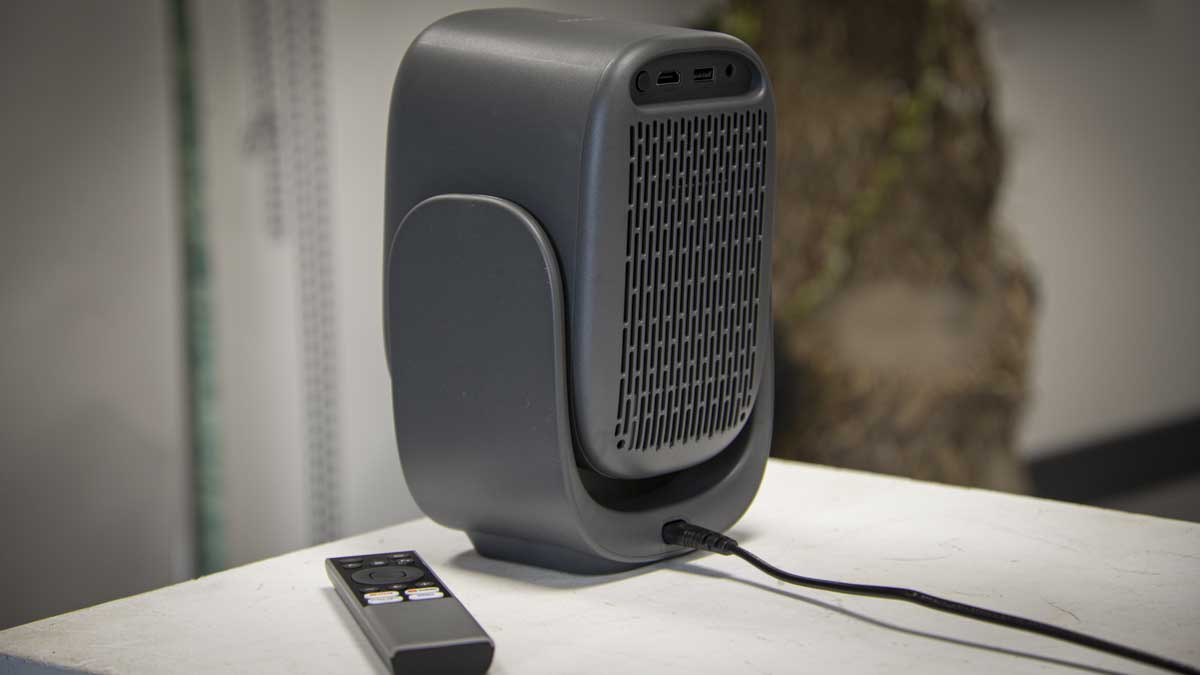
Okay, the projection brightness might only be 200 lumen, so it’s suited to darker conditions, but it’s also great in the studio. If you need to project graphics or images over objects or people, then that 200 lumens of brightness is well-balanced and actually enables you to do a great deal with creative effects.
Through the test, we used it for several projection workshops, and it worked well projecting binary code over models to get a Matrix-style effect. When it came to still lifes and creating ambience and mood within images, once again, we used the projector to cast sunsets, moons and ambience on backdrops, just to give an added layer of depth to the imagery. In this situation, and considering the price, it makes an extremely versatile photographic tool.
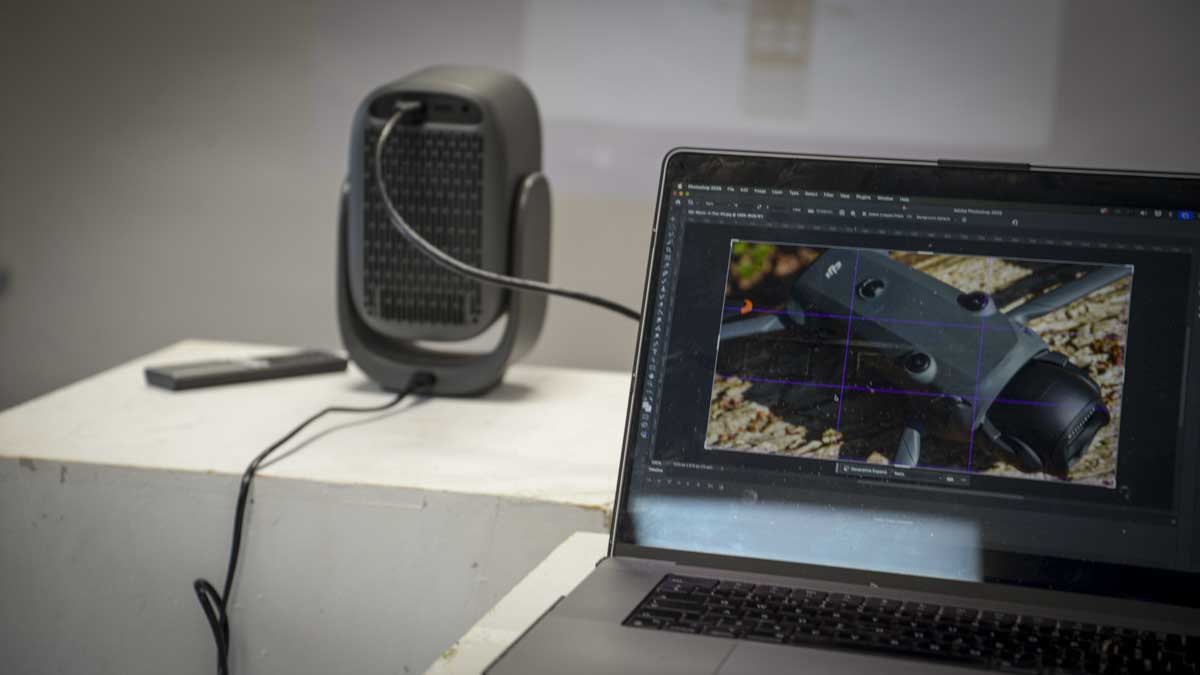

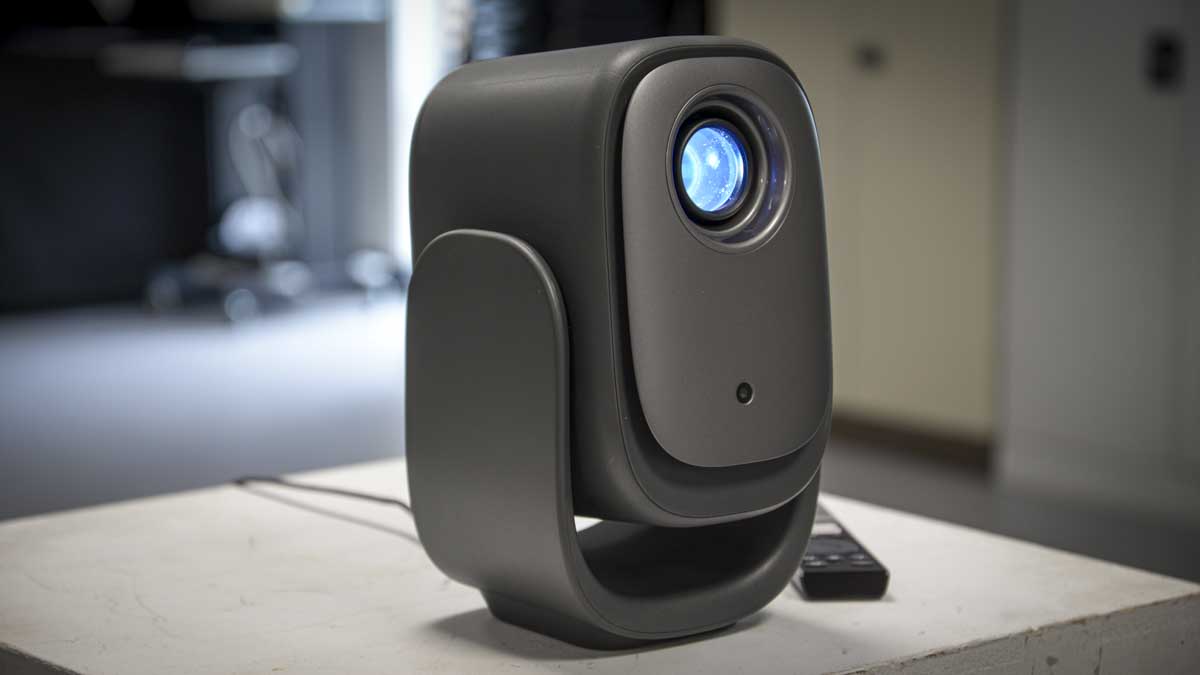

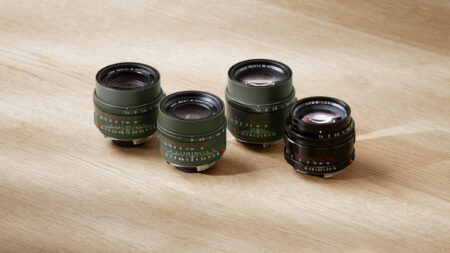
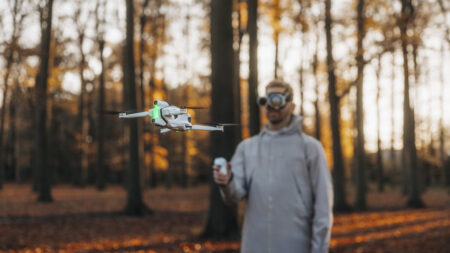
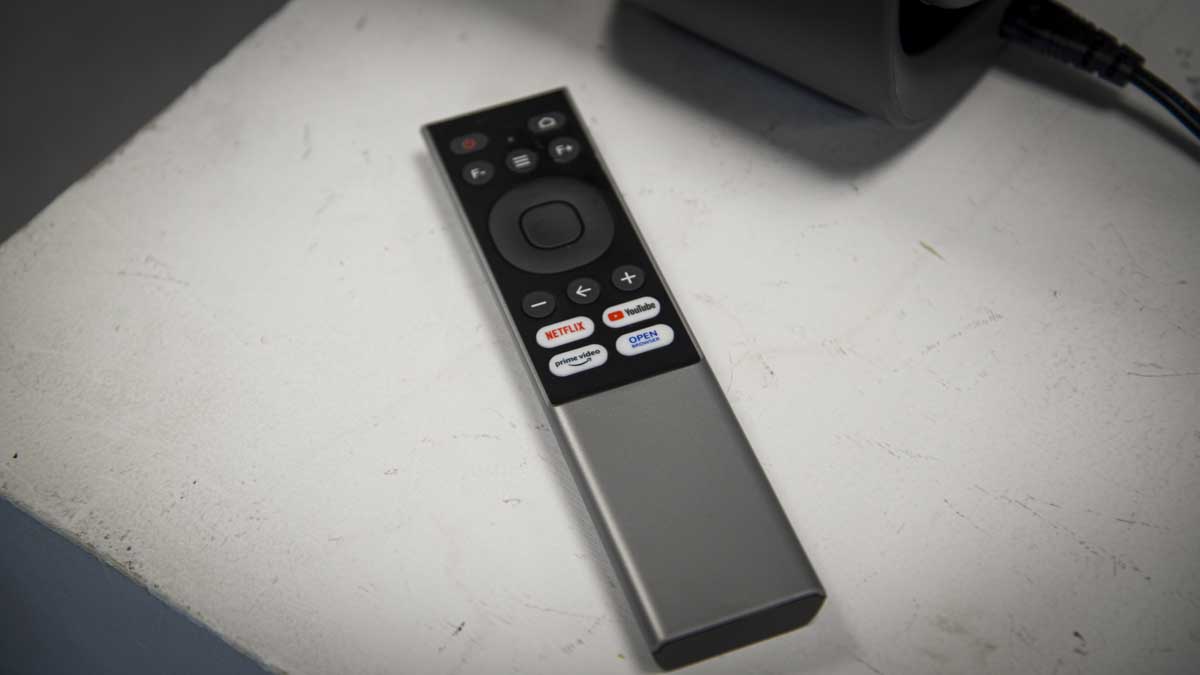
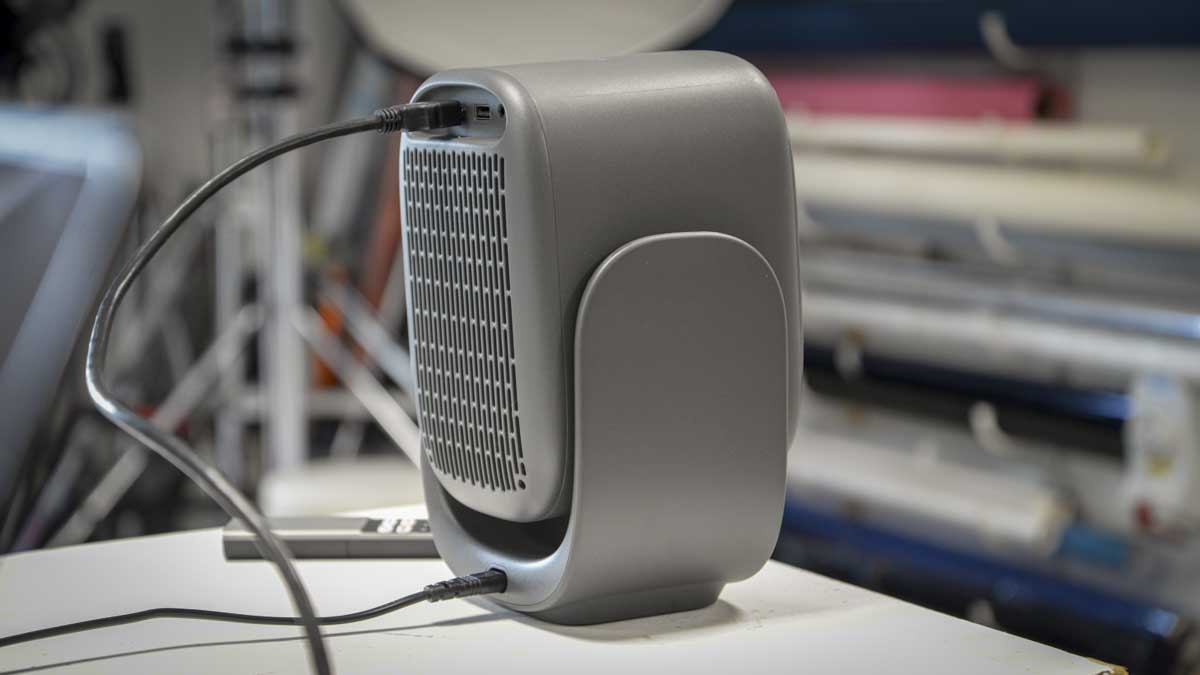


 Throughout use in the session, it just worked exceptionally well. You could hear some noise from the fans as it was left on for over an hour, but generally it was just simple and straightforward to use, and the quality of the projection at 1080p was very good. But for me, what really stood out was the ease of connecting different sources. With my main source being an HDMI straight through to my MacBook Pro, that was all quick and easy. A lot of the students had images on USB sticks, so rather than getting them to download those to my machine, I simply plugged them into the back of the projector, selected the source, selected the folder, and then I was reviewing their images. One thing I would say here is that it will only project JPEG or compatible image formats, any raw images will just appear as an icon.
Throughout use in the session, it just worked exceptionally well. You could hear some noise from the fans as it was left on for over an hour, but generally it was just simple and straightforward to use, and the quality of the projection at 1080p was very good. But for me, what really stood out was the ease of connecting different sources. With my main source being an HDMI straight through to my MacBook Pro, that was all quick and easy. A lot of the students had images on USB sticks, so rather than getting them to download those to my machine, I simply plugged them into the back of the projector, selected the source, selected the folder, and then I was reviewing their images. One thing I would say here is that it will only project JPEG or compatible image formats, any raw images will just appear as an icon.
